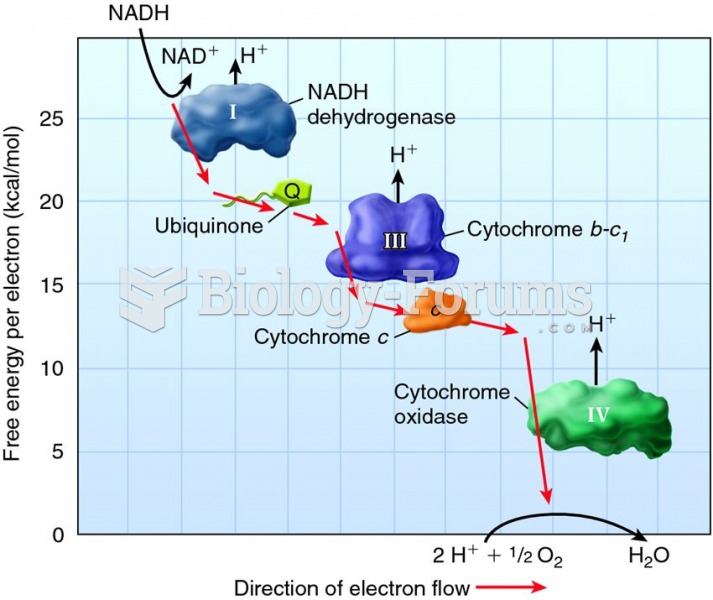Discuss the relationship between youth victimization and mental health problems indicated in the text. Do you agree with the authors' statement Protecting adolescents must become a national priority.. Why or why not?
What will be an ideal response?
Question 2
Joan is 16 years old and has a habit of staying out past curfew drinking with her friends; she was restricted to her room several times over the summer by her parents as punishment for her behavior. Joan asked her parents if she could go to a back-to-school party with her friends, promising that she would not drink and would be home before curfew. As it was the end of the summer (and even though she was restricted to her room for staying out past her curfew and coming home somewhat drunk the week before) her parents relented, knowing Joan may not keep her promise. Joan, after drinking with her friends, drove home shortly after curfew. When she was almost home, there was an accident. While Joan suffered very minor injuries, the neighbor's home was not as lucky. Substantial property damage occurred as Joan drove across the neighbor's yard and through their garage door.
In addition to demolishing the garage door, there was structural damage to the house and the vehicle parked inside the garage was damaged, as well as the extensive landscaping in the front yard. The airbag in Joan's car deployed, causing the insurance company to consider the car a total loss. The neighbor brought a suit against Joan's parents for damages to their property. Considering parental liability statutes, under which general category would the neighbor's actions fall? a. General involvement
b. Criminal liability
c. Delinquency liability
d. Civil liability







